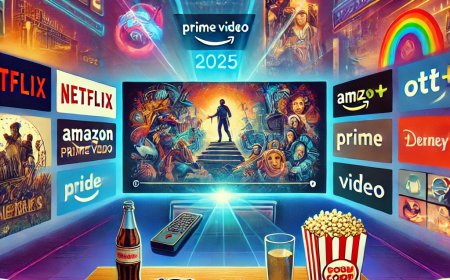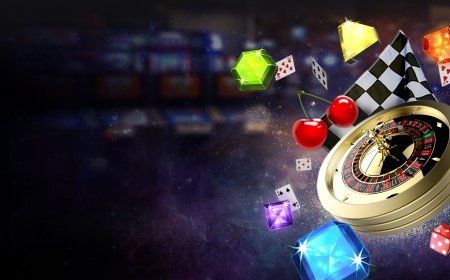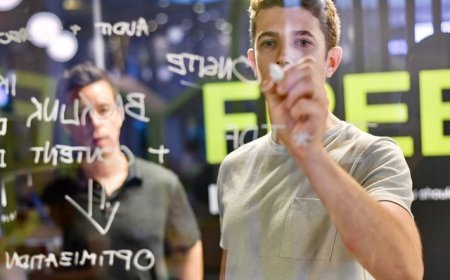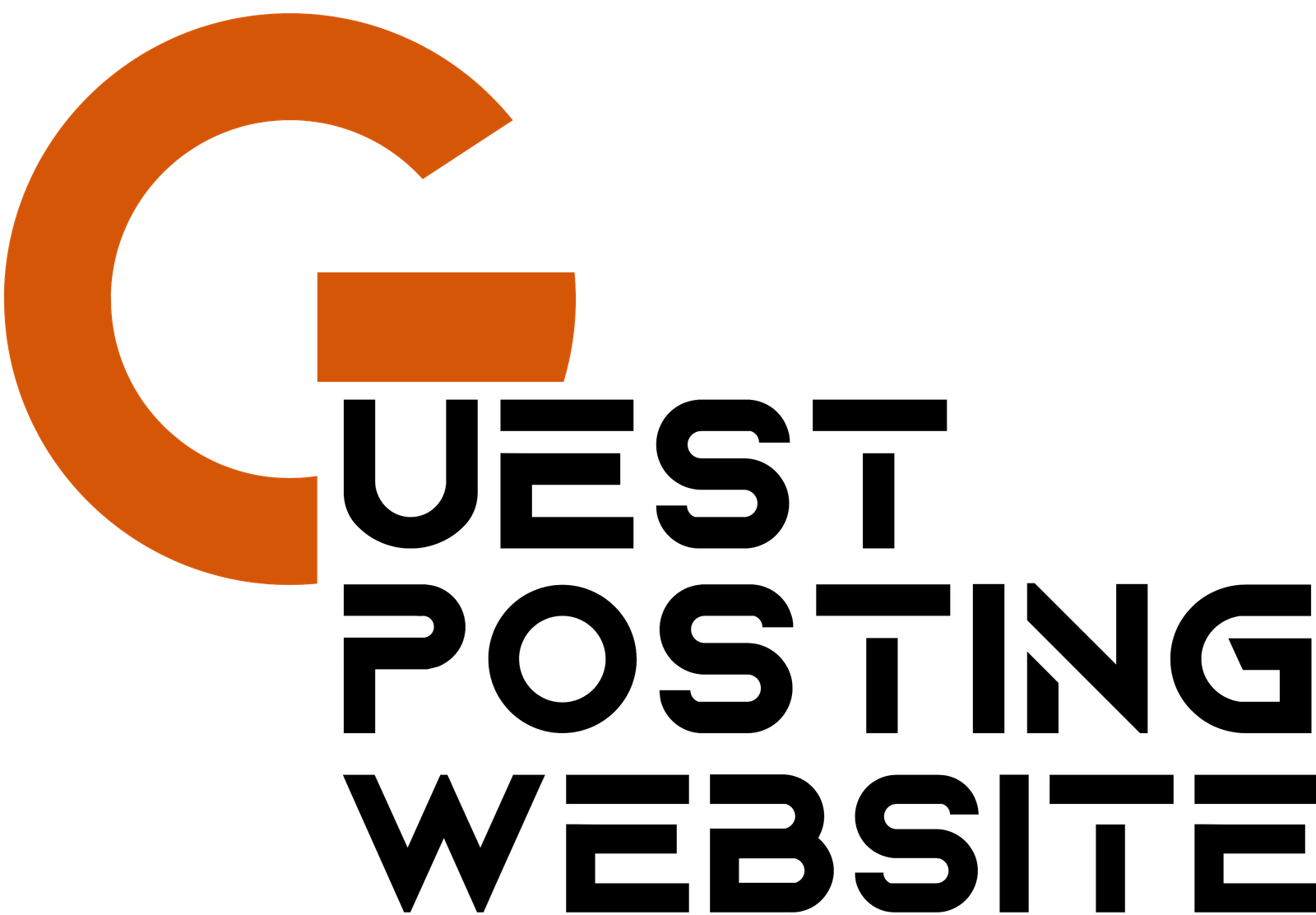STEM vs Traditional Education: Which is Better?
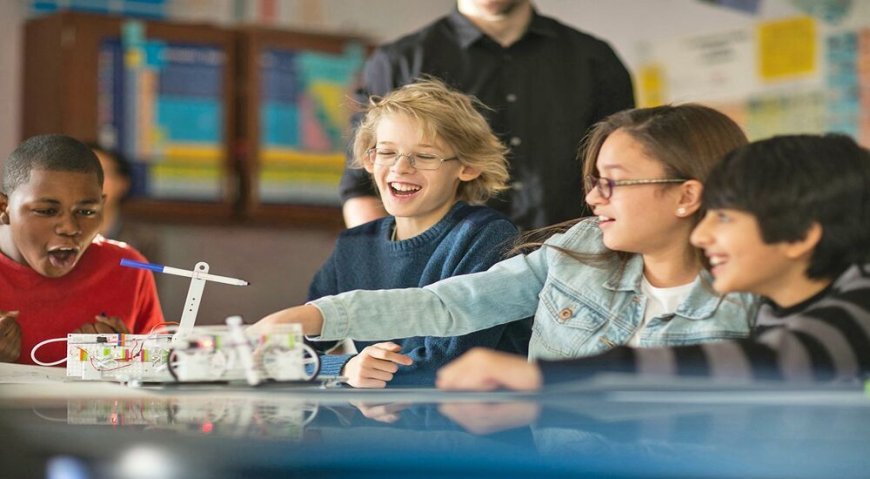
Whether it's the content of the textbooks or the layout of the desks, education has always been controversial; and for the longest time, the traditional way of teaching ruled the classroom. Yet, in an era where the only constant is change, STEM education — an acronym for Science, Technology, Engineering and Mathematics — has become the new normal. Students and educators are comparing these two paths to see which one has a tighter grip on the future.
Today students often look for different resources to do well in their studies. For example, when having trouble with certain topics, some students get help from an assignment writing service UK. This trend highlights the movement towards more targeted, skills-focused education, with STEM findings increasingly cantering on hands-on experiences and creativity.
In this blog post we explore the significant differences between STEM and traditional education and their benefits and pitfalls. These differences among the aforementioned school systems will define which type of education meets your needs and makes you ready for an evolving environment.
Key Differences Between STEM and Traditional Education
The Focus of the Curriculum
STEM fields encompass the subjects that promote technological and scientific progress. Students participate in hands-on experiments, problem-solving projects and collaborative learning that reflect real-world challenges. It fosters critical thinking and emphasizes tangible skills, enabling students to engage with theory in authentic contexts.
On the contrary, traditional education includes all subjects as a whole such as humanities, social sciences, and arts. Although this method encourages creativity and a holistic viewpoint, it may not necessarily highlight the technical and evaluative abilities that are in high demand in today's workforce.
Learning Environment and Teaching Methods
STEM classrooms tend to use more interactive, technology-based teaching methods. Teachers use digital tools, lab experiments and group projects to create an engaging learning environment. These techniques encourage collaborative work and experiential learning that are paramount to learning complex topics. It allows for creativity and offers the student practice at solving problems, thinking outside the box and iterating ideas.
The lecture-style format is more prominent in traditional schools, where the teacher presents what the student is supposed to learn and the student records it. This is aligned towards theoretical knowledge emphasizing more on cramming and standard tests. Although it offers a comprehensive view of different domains, it fails to provide the interactivity that feeds creativity.
Shaping the Next Generation Workforce
STEM education is crucial for students in a future where technology and innovation are paramount. It teaches students skills that are increasingly sought-after, such as programming, data analytics, and engineering design. STEM program graduates often find themselves in high demand in these industries.
Temperamentally, seems like “modern education” leads to more superficial minds if compared to the old days, when the regular education process had more sense and gave well-rounded people, with more open culture and a larger scope of knowledge. It cultivates critical thinking, communication skills, and cultural awareness. These skills matter in a lot of industries—especially in jobs that require creative and social interaction. Yet, old-school education may need to make changes to remain relevant in a world increasingly reliant on technology and digital solutions.
Balancing Theory and Practical Application
One of the biggest benefits you get out of STEM education is its focus on practical approach. Students engage in real-world projects, internships, and research that directly relate classroom concepts to tangible problems. Not only does this hands-on education increase understanding, but it also creates a portfolio of experiences that interests future employers.
Another model of schooling emphasizes theory over practice, academia over adventure. Although it lays an excellent theoretical groundwork, at times it fails to arm students with skills to face the day-to-day challenges of the working world. A hybrid of both modalities can be rewarding, where students gain a mix of intellectual understandings and practical learnings.
Innovation and Adaptability
Technology is always evolving, and that applies to STEM education as well. Curriculum updates and new teaching methodologies are driven by innovations in the fields of artificial intelligence, renewable energy, biotechnology, etc. This adaptability keeps STEM programs current, in line with contemporary industry trends. Consequently, STEM graduates are frequently perceived as proactive and innovative practitioners prepared to address the challenges of tomorrow.
While traditional education has a vast heritage and theoretical base behind it, it is often more slow to the onset of technological change. Its broader scope sometimes allows specific technical skills to take a backseat; leaving graduates underprepared for the fast-paced, rapidly changing job market. But formal education still provides important insights and soft skills that are crucial in a professional setting.
Final Thoughts
However, both traditional education and STEM education has its own distinctive challenges and opportunities. STEM education prepares students with hands-on experience, technical skills, and a dynamic learning environment that meets the demands of a tech-driven future. However, traditional education fosters creativity, general knowledge, and critical thinking abilities that are crucial across many industries.
Ultimately, it comes down to what kind of career you want, the subjects you’re interested in, and how you prefer to learn. As technology continues to advance at a staggering pace, more and more individuals are leaning toward STEM due to its more practical focus and such skills that are certainly wished-for in the future. Nonetheless, an ideal balance of both forms might provide the most complete education, combining disciplined technical training with a well-rounded, analytical viewpoint.
In the end, the future of education is about flexibility and integration. Combining the strengths of both STEM and traditional learning will result in a more equipped and multifaceted skill set, that will shape students to survive, and thrive, in a complex, interconnected world.
What's Your Reaction?





























